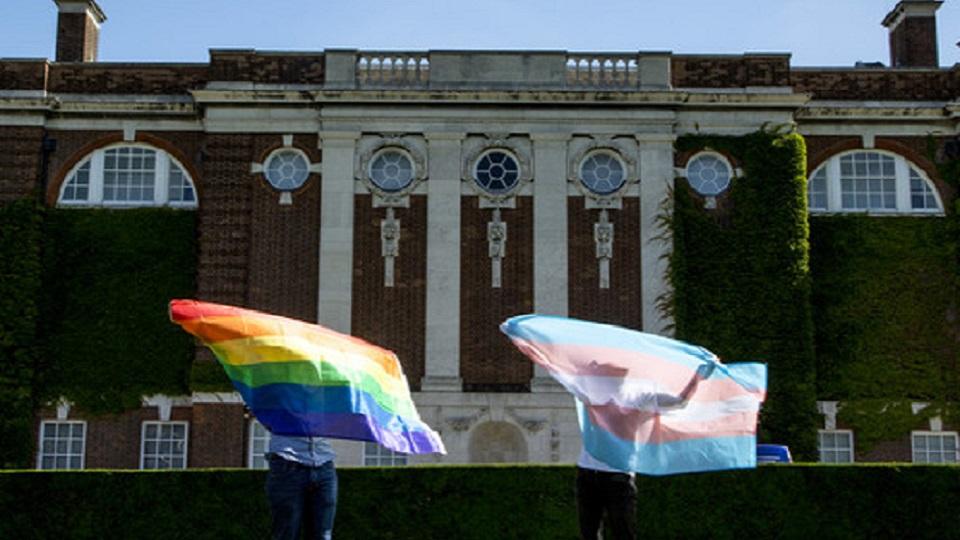Pride: history, politics and meanings
Primary page content
As Pride Month draws to a close, Dr Panagiotis Pentaris, Goldsmiths' LGBTQ+ Staff Network Co-Chair, reflects on its history and continued significance today.

On 28 June 1969, the gay club Stonewall Inn, on Christopher Street in New York City, was raided by the New York City police, which led to violence and police brutality against the LGBTQIA+ community.
Until then, and many years after, the gathering of gay people (the acronyms LGBT, LGBTQ, LGBTQ+, LGBTQIA+, etc. were not used at the time) was illegal, and organisations and other establishments would not employ staff openly identifying as LGBTQIA+. To enforce such laws, liquor authorities would ban the serving of alcohol to any bar, restaurant or café where LGBTQIA+ self-identified individuals would gather, considering ‘homosexuality’ as a ‘disorderly’ act.
The raid of the Stonewall Inn in 1969 led to six days of riots and violent incidents between LGBTQIA+ individuals and the police force. These riots were a milestone in the start of the Gay Rights Movement globally. At the anniversary of the Stonewall Riots, on June 28, 1970, a march of thousands of people started from the Stonewall Inn to the Central Park, marking the very first Gay/LGBTQIA+ Pride Parade, with the chant: ‘Say it loud, gay is proud’ echoing in the streets. The first Gay Pride in London took place two years later, on 1 July 1972.
People joining Pride have been faced with police violence and public hostility. Here in the UK, the attack on the Royal Vauxhall Tavern by the National Front is just one example.
Gay/LGBTQIA+ Pride is political activism by nature. It is rooted in the collective efforts of LGBTQIA+ individuals around the world to claim human rights, dignity, respect and acceptance; the right of existence in the way they are and not conforming to oppressive patterns of different societies and legislative frameworks.
Pride is an also act of celebration that promotes self-affirmation, equality, increased visibility and dignity. It recognises everyone identifying as gay, lesbian, transgender, intersex, bisexual, pansexual, queer, non-binary, asexual, agender, and all other identities that do not fall under the heteronormative and binary structures in society.
With Pride, we see each other, we listen to each other, we respect each other, and we accept each other’s existence.
At times, public discourse will delve into questions like: ‘why do you need a Pride when you have all these rights in England?’, and ‘why do you have to dress like this when going to the Pride Parade?’.
As political activism, Pride values and purposes transcend geographical boundaries. It becomes a beacon of hope to LGBTQIA+ individuals around the world who do not have access to a more welcoming community; to LGBTQIA+ youth and older individuals who remain in countries with anti-gay laws that criminalise LGBQIA+ people and even impose death penalty to those identifying as gay. With regard to clothing, gender-appropriate clothing statutes compelled – and in some countries, still continue to compel – people to dress according to norms of the legally recognised gender assigned to them.
During the raid in the Stonewall Inn, the police forced people to strip naked in order to confirm whether they were breaking the law for ‘not dressing the part’. The Stonewall Riots promoted freedom of how one should be dressed, based on an individual’s unique identity and not according to gender-conforming laws or public opinions.
The Pride Parade is a testament to everything LGBTQIA+ people have gone through over the decades. It is a celebration of all the wonderful qualities of LGBTQIA+ people, and it is a promise to everyone still facing inhumane conditions in their country of origin that we are still fighting for our rights – and will continue to have hope.